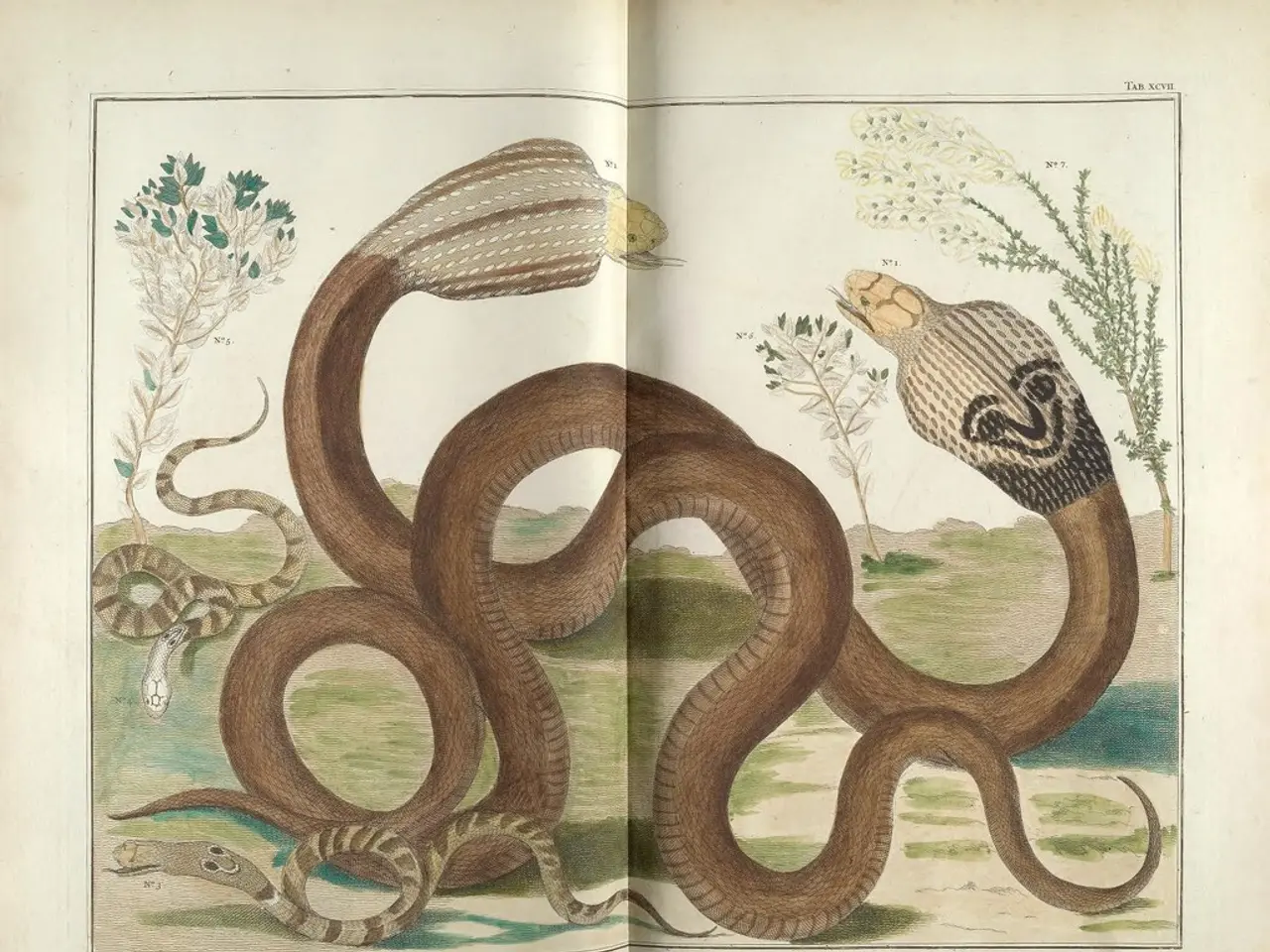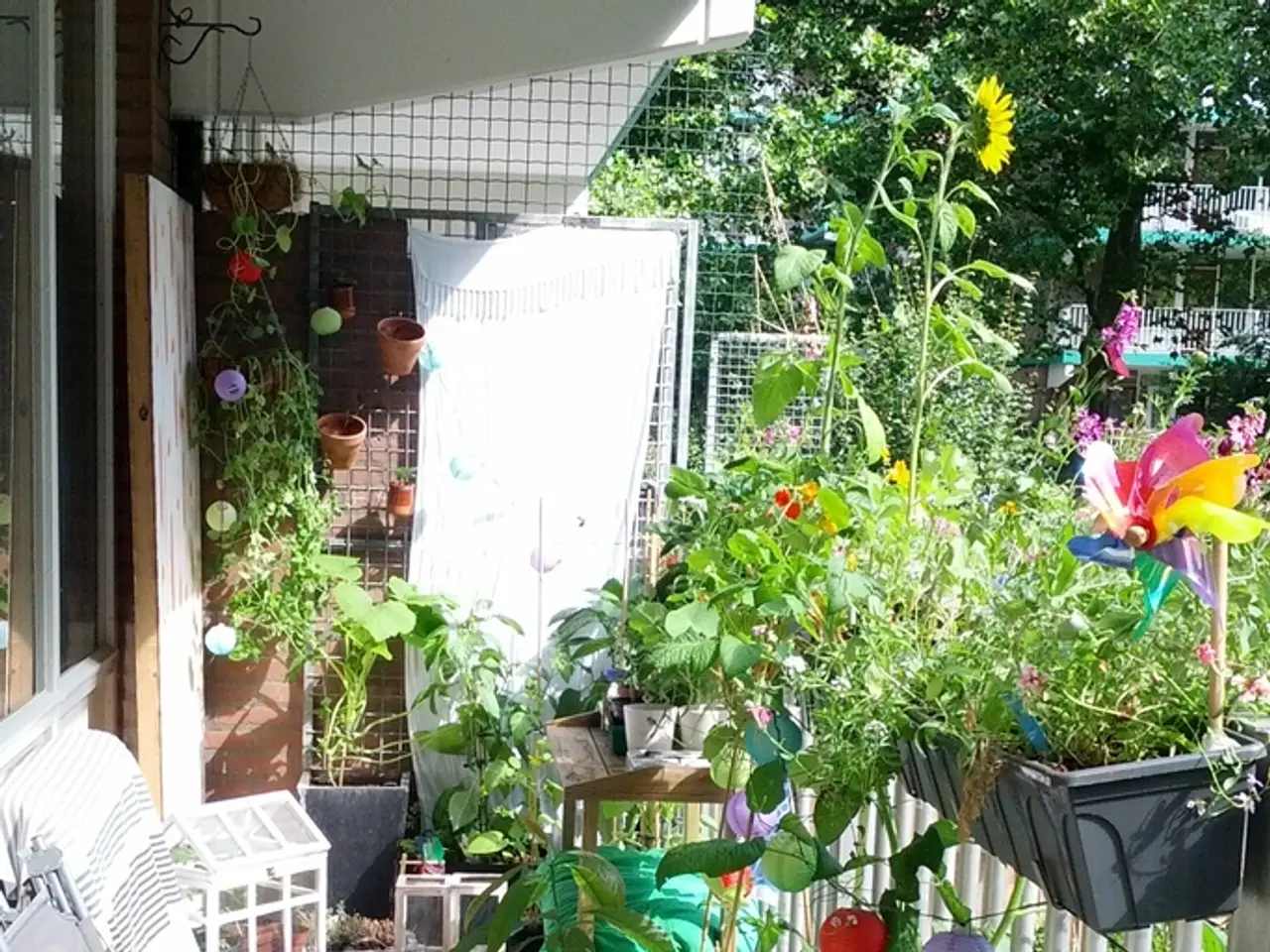Deadly Snakes Turning Your Yard into a Danger Zone
In residential gardens across the United States, homeowners may encounter a variety of venomous snakes, including rattlesnakes, copperheads, and cottonmouths (water moccasins). Understanding these snakes' characteristics, habitats, and behaviors can help homeowners identify and prevent them from entering their gardens.
### Common Venomous Snakes in Residential Gardens
Rattlesnakes are found in rocky areas, dry woods, and prairies, often near logs or burrows. They are heavy-bodied with a large triangular head and cat-like pupils, and they have a distinctive segmented tail rattle. Copperheads prefer forest edges and hide under woodpiles, leaves, and garden debris. They have a stout body, copper-colored heads, and hourglass-shaped chestnut bands on a tan background. Cottonmouths are aquatic snakes found near swamps, ponds, streams, and sometimes close to home. They are heavy-bodied, darker with crossbands, and often show a white inside of their mouth when threatened.
### How to Identify Venomous Snakes in Your Garden
To identify venomous snakes in your garden, look for distinctive features such as the rattling tail of a rattlesnake, the hourglass-shaped bands and coppery-colored head of a copperhead, and the dark crossbands of a cottonmouth. Non-venomous lookalikes, such as black rat snakes, garter snakes, and milk snakes, are harmless but may be confused with venomous species.
### Preventing Snakes in Residential Gardens
To prevent snakes from entering your garden, remove shelter by clearing away debris, trimming grass regularly, and removing woodpiles or rock piles near the house. Control the rodent population by reducing food sources for snakes. Seal entry points under doors, cracks in foundations, or any openings snakes could enter through to keep them out of the home. Modify the landscape by avoiding dense ground covers like thick hosta patches and keeping plantings sparse and well-maintained. Be vigilant by regularly inspecting your yard and garden, especially in warm seasons and around water sources.
By recognizing the appearance and natural behaviors of venomous snakes and maintaining your garden and home environment carefully, homeowners can effectively reduce the risk of encountering or harboring dangerous snakes on their property.
In addition to the common venomous snakes mentioned above, other species such as the Coachwhip, Northern Black Racer, Copperhead, Eastern Massasauga, Mojave Rattlesnake, Eastern Coral Snake, Brown Tree Snake, Eastern Diamondback Rattlesnake, Texas Indigo Snake, and Prairie Rattlesnake may be found in different regions of the U.S. Homeowners are encouraged to learn about the venomous species specific to their region to take appropriate precautions.
[1] National Wildlife Federation. (2021). Snakes in the Garden. Retrieved from [www.nwf.org/Garden-for-Wildlife/Wildlife/Snakes](http://www.nwf.org/Garden-for-Wildlife/Wildlife/Snakes) [2] The Humane Society of the United States. (2021). Snakes. Retrieved from [www.humanesociety.org/resources/snakes](http://www.humanesociety.org/resources/snakes) [3] The Spruce. (2021). How to Keep Snakes Out of Your Yard. Retrieved from [www.thespruce.com/keep-snakes-out-of-your-yard-2132873](http://www.thespruce.com/keep-snakes-out-of-your-yard-2132873) [4] The University of Florida. (2021). Preventing Snakes in Your Yard. Retrieved from [ifas.ufl.edu/hort/woody/snakes/snake_prevention.shtml](http://ifas.ufl.edu/hort/woody/snakes/snake_prevention.shtml) [5] The University of Georgia. (2021). Snakes of the Southeast. Retrieved from [ent.uga.edu/extension/garden/snakes.html](http://ent.uga.edu/extension/garden/snakes.html)
Incorporating appropriate lifestyle choices can help in avoiding dangerous snake encounters. For instance, composting in well-ventilated containers can minimize the presence of rodents, reducing the likelihood of snakes entering the home-and-garden. Moreover, selecting decorative plants that do not attract rodents, such as those with strong scents or less edible foliage, can also deter snakes from venturing into the garden. Lastly, regular maintenance of the garden, including the removal of debris and overgrown vegetation, can make the environment less inviting to these venomous creatures.




